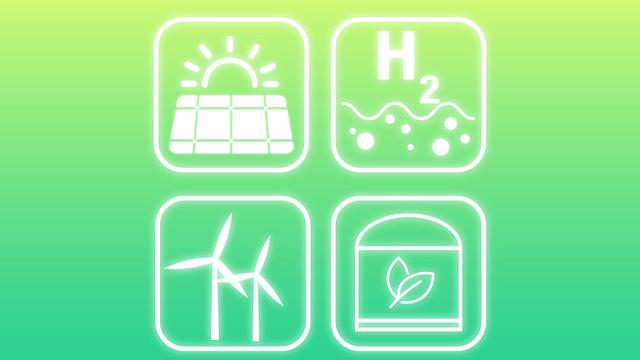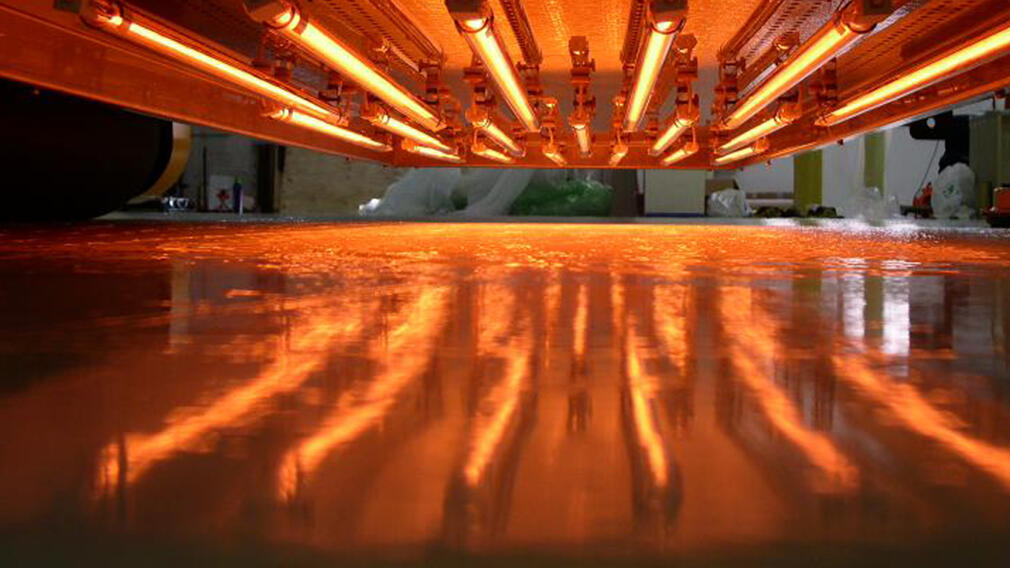 Search Result
Search ResultThe Profile of Energy Use in Industrial Motor Systems
According to International Energy Agency, around half of the electricity used globally is consumed in electric motor systems. Industrial motor systems account for around 60% of manufacturing…
Read Full articleHeatpumps - an overlooked opportunity?
Recover energy, don’t waste it! What do a Norwegian fjord, a Belgian brewery, a Danish dairy plant, a Finnish data center, a German office building, and a French sports center (and many more) have in…
Read Full articleDeep decarbonisation of industry: The cement sector
Headlines Fossil fuel combustion to meet heating needs accounts for 35% of cement’s CO2 emissions. The remaining 65% are due to direct process emissions, which must also be addressed. The biomass use…
Read Full articleDream or reality: solar power systems in space
With the effects of climate change on our planet becoming increasingly evident, scientists worldwide are making huge strides in designing new technologies to slow down global warming. Renewable energy…
Read Full articleReport: Solar Installations to spike 14% in 2020
Global solar installations will continue double-digit growth rates into the new decade, according to the new 2020 Global Photovoltaic (PV) Demand Forecast by IHS Markit. New annual installations in…
Read Full articleUtility of the future
Energy Efficiency in industrial processes is part of the Demand Side Management of the energy markets. However, there are many developments clearly indicating that the time is over where the different…
Read Full articleAll you need to know about advanced high temperature heating technologies for industry
Decarbonising industry means the decarbonisation of electricity and heat. In principle, industry can rather easily decarbonize their electricity consumption, just buy green electricity. Heat is the…
Read Full articleThe future for industrial pumps - go digital and connect
Digital pumps are here to stay: A recent study shows that the market for digital and connected pumps could nearly double in size within the next decade. But which trends and developments drive the…
Read Full articleHow Australia could supply Europe with green hydrogen
Wind and solar power generated in Western Australia's Midwest could be helping to power Europe by the end of the decade. Key points: A trilateral international study will consider how to fast track…
Read Full articleIntroduction: Electro-heat technologies
Electromagnetic processing technologies use wavelengths in the electromagnetic spectrum that correspond to microwave, radio waves, infrared, and ultra violet to heat materials. Direct heating methods…
Read Full article








